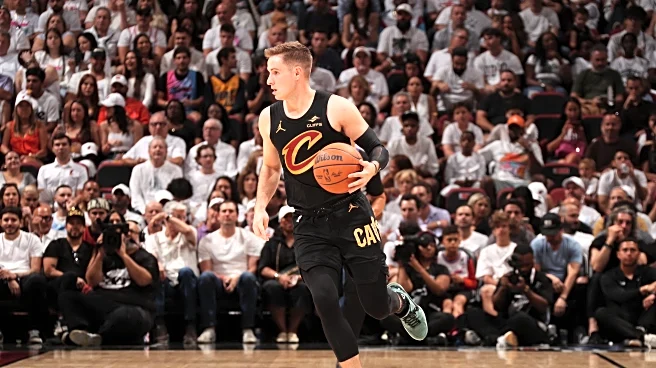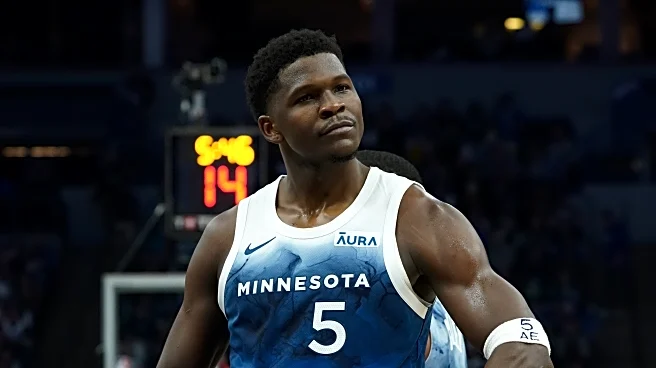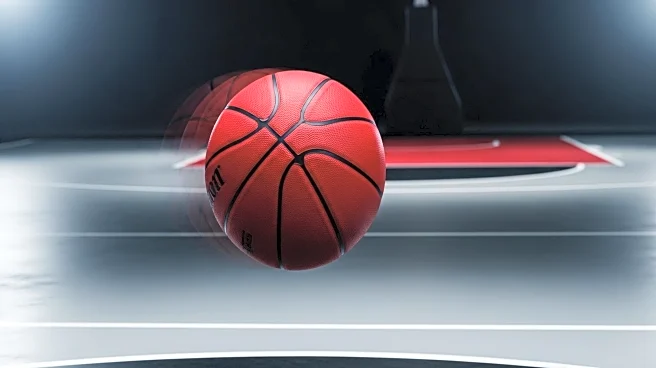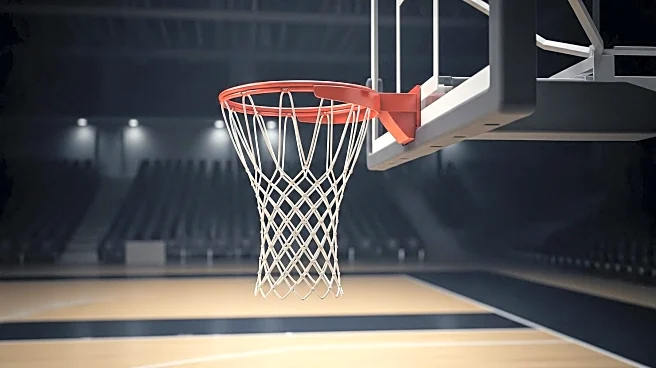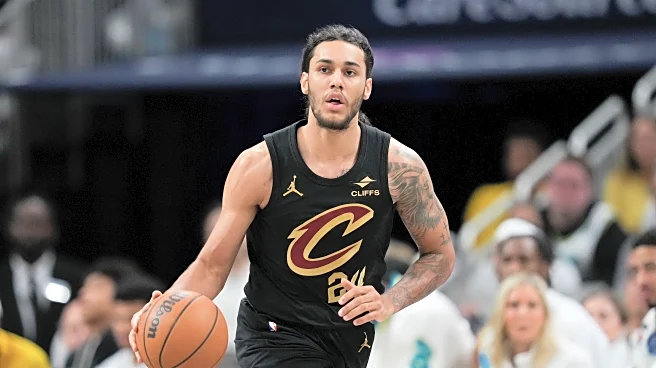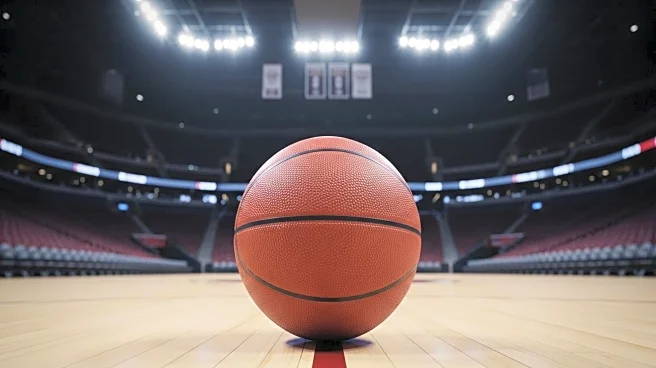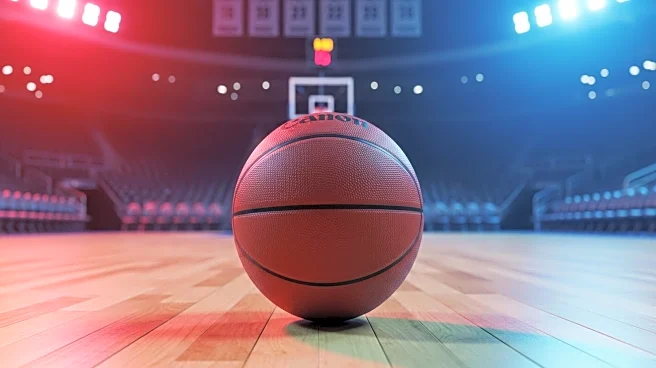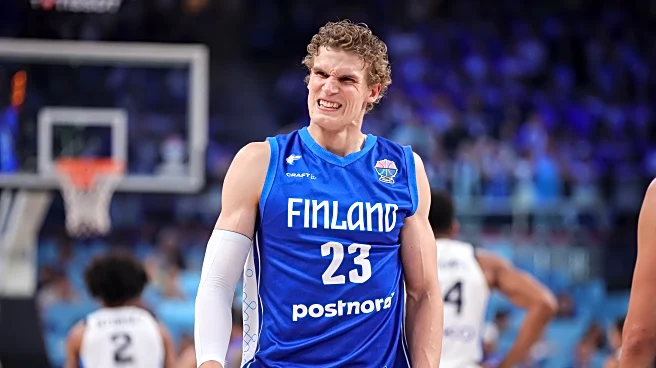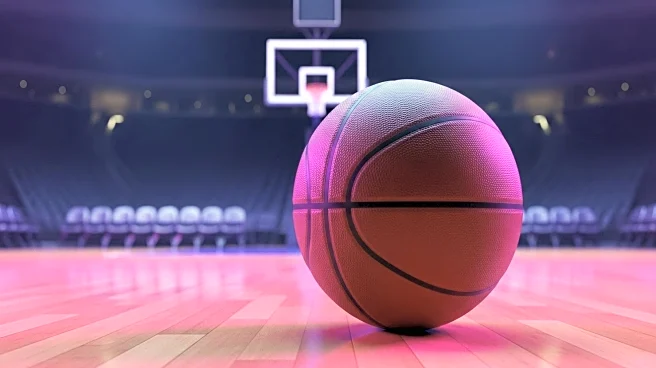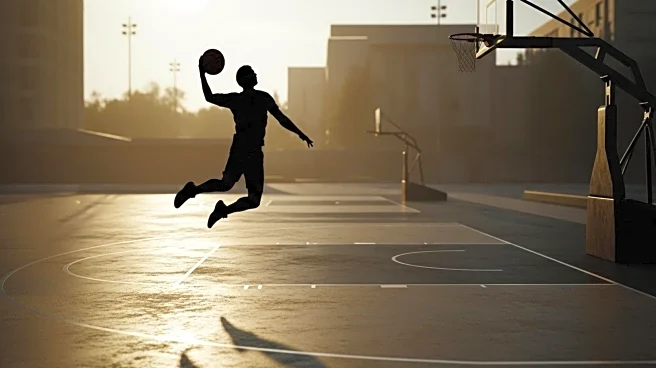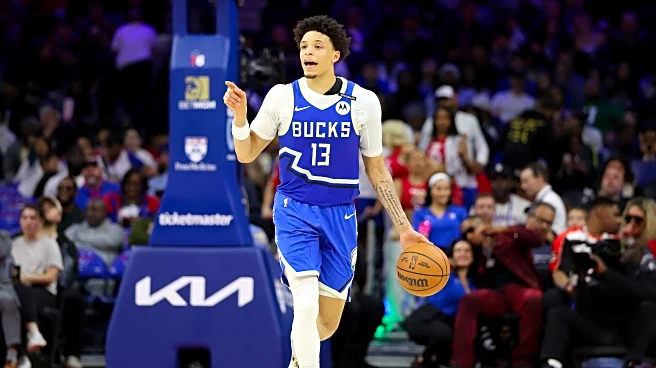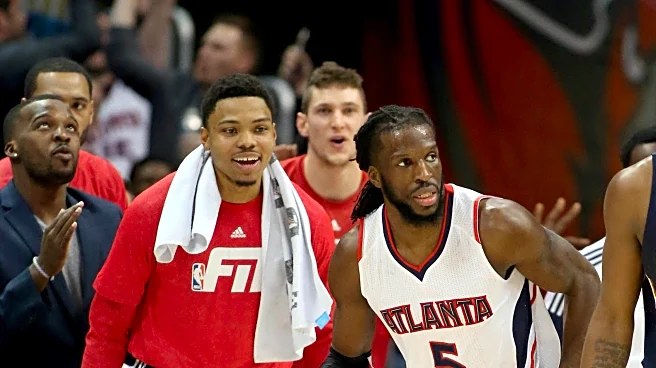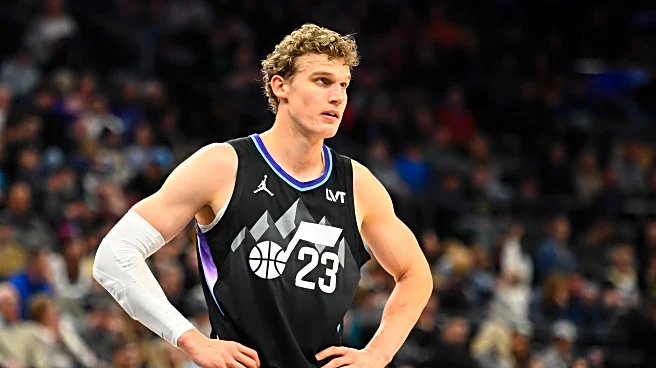Heading into this past offseason, it would have been understandable to believe the Cleveland Cavaliers’ big free agent priority would be Ty Jerome. But you would be wrong.
The actual matter of greater importance was re-signing Sam Merrill, the guard who carved out a key role with the Cavs over the past several seasons. But it was this past season that saw Merrill become a multi-tooled force that head coach Kenny Atkinson relied on. And not just for heavy minutes, but heavy critical minutes.
Sam Merrill
signed a lucrative four-year, $38 million contract this past summer. That is a heavy investment by Cleveland’s front office, money that many would have expected to go towards the fan favorite and Sixth Man of the Year finalist in Jerome. But the Cavs opted for versatility over flashy, something that will be exceptionally important this upcoming season — especially with key injuries to the Cavs’ backcourt and wing room.
The injury bug has bitten the Cavs early this time around. Darius Garland is not going to be ready for training camp, at the very least, and more than likely will miss the start of the regular season. Max Strus has a complicated broken foot and may not be back until after the All-Star break. Those are two prime slots for Merrill to step in and make an impact as a shooter, playmaker, and defender.
Merrill came into this league as a sharpshooter, but his numbers from deep declined year over year from 40.4% in 2023-24 to 37.2% in 2024-25. His three-point attempts per game remained a respectable 5.2, meaning he is not someone that opposing defense can just ignore. Without Garland, the Cavs will need the shooting to come back for Merrill. And on a more consistent basis.
The Cavs have more backcourt playmaking with Lonzo Ball, but Merrill was trusted with the ball in his hands last year as well. It would not be surprising to see lineups with both Ball and Merrill on the floor together, as the two complement each other. Should Ball suffer an injury, an unfortunate commonality, Merrill could be asked to bring the ball up more and take on a softer playmaker role, potentially next to Craig Porter Jr. at the point.
But it’s not the offense that became Merrill’s calling card: it was the defense. The Cavs’ defense was 3.7 points per 100 possessions better with Merrill on the floor versus off, which is in the 80th percentile per Cleaning the Glass. The eye test checked out on this, too. Merrill was consistently getting into passing lanes, generating turnovers, staying in front of his man, and forcing guys to make one too many extra passes. Those things don’t always show up in the box score, but they do when actually watching games.
Even after Garland and Strus return, Merrill is going to play a key role off the bench. The Cavs would not have paid him almost $40 million to play sparingly — he is going to play anywhere from 17 to 20 minutes per game on any given night. That may be somewhat surprising for Cavs fans who may still think of Merrill as the feel-good G League story, but it’s time to buck that mindset.
Merrill proved that he is more than a shooter, and the Cavs will need that this upcoming season. In fact, they will need it much, much more to begin the campaign than they ever have before. Atkinson trusts Merrill, something he talked about quite a bit last season. That will be tested almost immediately with two of the roster’s better shooters dealing with injuries. Merrill won’t lead the Cavs to victories, but he does have the role and level of responsibility that could swing a win or loss. For everyone’s sake, here’s hoping it’s the former.
